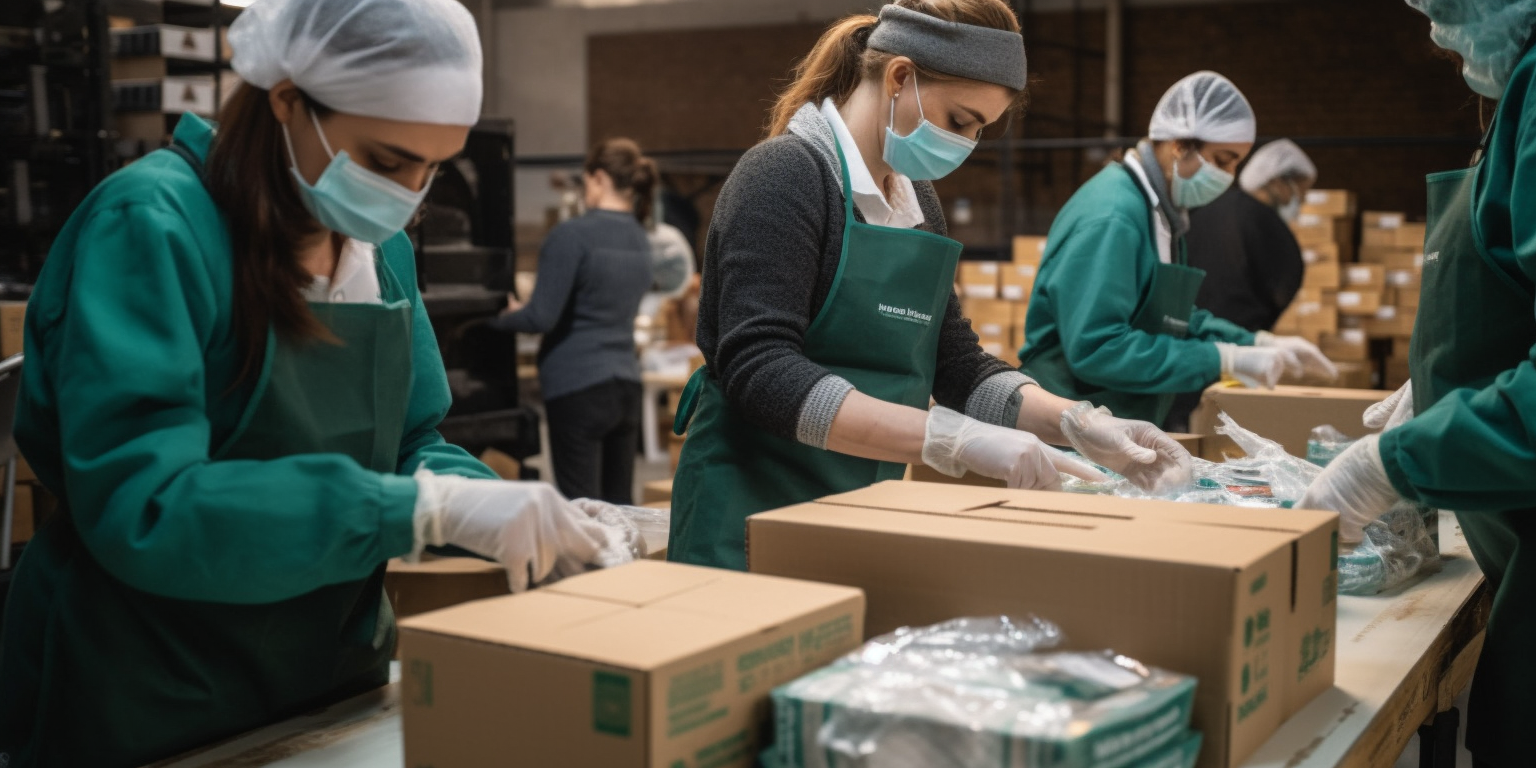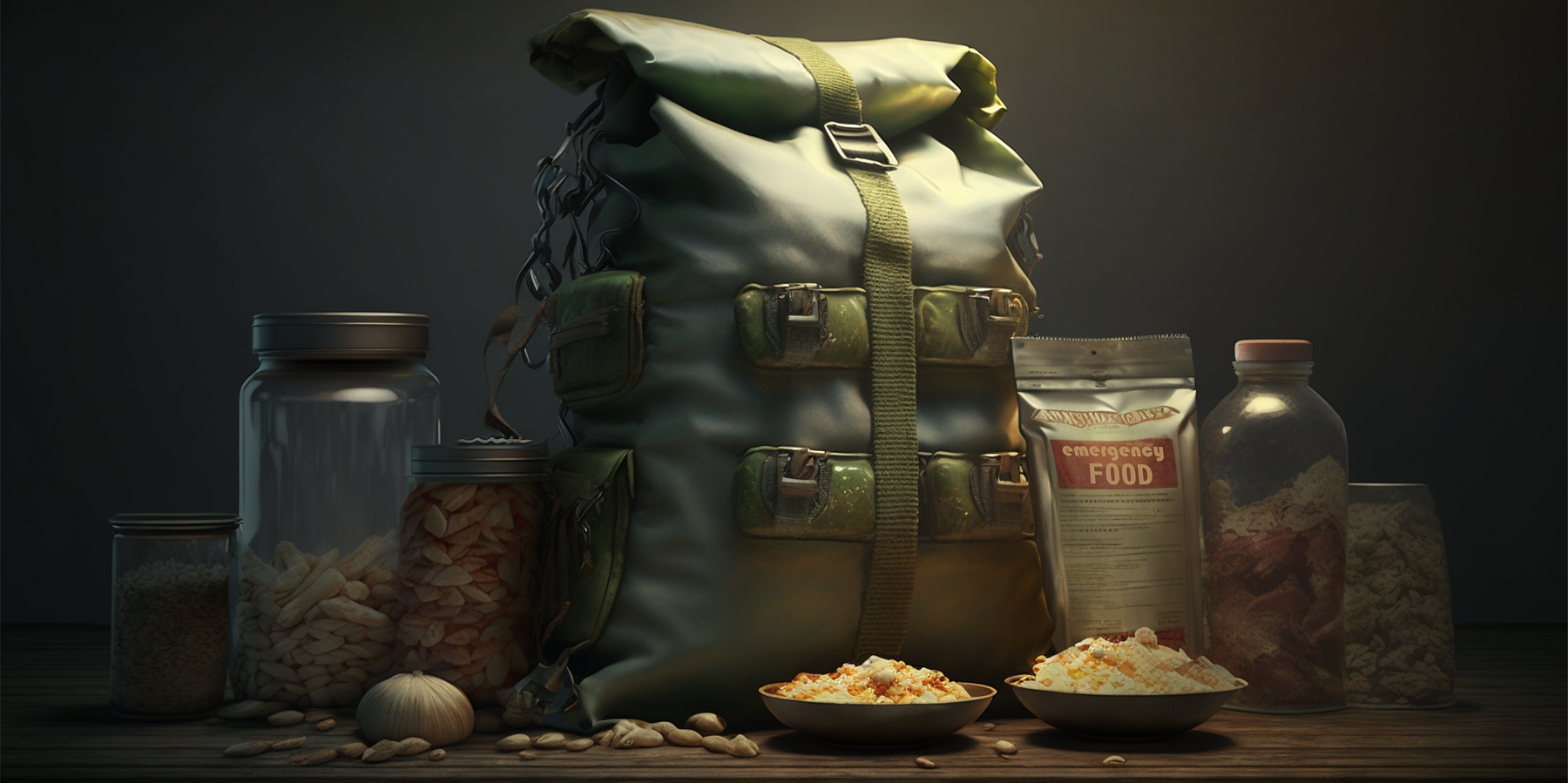
The Pros and Cons of DIY Emergency Food Kits vs. Pre-Packaged Options
The Pros and Cons of DIY Emergency Food Kits vs. Pre-Packaged Options
Emergency food kits are a popular option for people who want to be prepared for unexpected situations, such as natural disasters, power outages, or other emergencies.
Although the UK government recommends that households keep at least 3 days of food ready in case of an emergency, in a survey conducted by the British Red Cross in 2019, only 12% of adults in the UK had an emergency kit with essential items, including food and water.
There are different options available when it comes to emergency food kits, including DIY kits and pre-packaged options. In this article, we will explore the pros and cons of each to help you decide which option is best for your needs.
DIY (Do It Yourself) Emergency Food Kits
Pros:
-
Cost-effective: One of the main advantages of DIY emergency food kits is that they are often more cost-effective than pre-packaged options. By purchasing items in bulk and creating your own kit, you can save money and customize the contents to your specific needs.
-
Customizable: With DIY emergency food kits, you have complete control over what goes into the kit. You can choose foods that you and your family prefer, and tailor the contents to meet any dietary restrictions or preferences.
-
More sustainable: DIY emergency food kits can be more sustainable than pre-packaged options since you can choose to use reusable containers and avoid excess packaging.
Cons:
-
Time-consuming: Creating a DIY emergency food kit can be time-consuming, especially if you are purchasing items in bulk or need to prepare items ahead of time.
-
Storage: Storing a DIY emergency food kit can be a challenge, especially if you have limited space. You may need to invest in specialized containers or shelving to store the kit properly.
-
Risk of spoilage and shorter shelf-life: With a DIY emergency food kit, there is a risk of spoilage if items are not stored properly or if the kit is not used within a certain timeframe.
Pre-Packaged Emergency Food Kits
Pros:
-
Convenience: One of the main advantages of pre-packaged emergency food kits is their convenience. These kits are often ready to use and require little preparation, making them a good option for people who want to be prepared but don't have the time or resources to create a DIY kit.
-
Long shelf life: Pre-packaged emergency food kits are designed to have a long shelf life, often lasting up to 25 years. This makes them a good option for people who want to be prepared for long-term emergencies.
-
Easy storage: Pre-packaged emergency food kits often come in compact containers that are easy to store, making them a good option for people with limited space.
Cons:
-
Cost: Pre-packaged emergency food kits can be more expensive than creating a DIY kit, especially if you are purchasing a large quantity or a premium brand.
-
Limited customization: With pre-packaged emergency food kits, you are limited to the contents of the kit. You may not be able to choose foods that you and your family prefer, and there may be limited options for those with dietary restrictions or preferences.
-
Packaging waste: Pre-packaged emergency food kits often come in what may be considered excess packaging. Although often justified by delivering durability, protection and long shelf-life that the emergency food requires, it can also be seen as excessive and harmful to the environment.
Conclusion
In conclusion, both DIY emergency food kits and pre-packaged options have their pros and cons. DIY kits are often more cost-effective and customizable, but can be time-consuming and require specialized storage. Pre-packaged options are convenient and have a long shelf life, but can be more expensive and limit customization options. Ultimately, the choice between a DIY kit and pre-packaged option will depend on your personal preferences and needs. It's important to consider factors such as cost, convenience, and sustainability when making your decision, and to ensure that your emergency food kit meets your specific needs and dietary requirements.
Suggested Articles
The Role of Emergency Food in Pandemic Preparedness: Lessons from COVID-19
The COVID-19 pandemic has laid bare the vulnerabilities of our global food supply chains and has demonstrated the nee...
Emergency Food for Travellers: How to Pack and Prepare for Emergencies on the Road
Unexpected events can occur at any time, even during well-planned trips. Whether you're exploring the scenic coastlin...
The Best Food to Pack in a Bug-Out Bag
Introduction: Understanding the Importance of a Bug-Out Bag In an unpredictable world, being prepared for emergencies...




